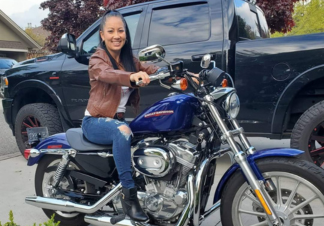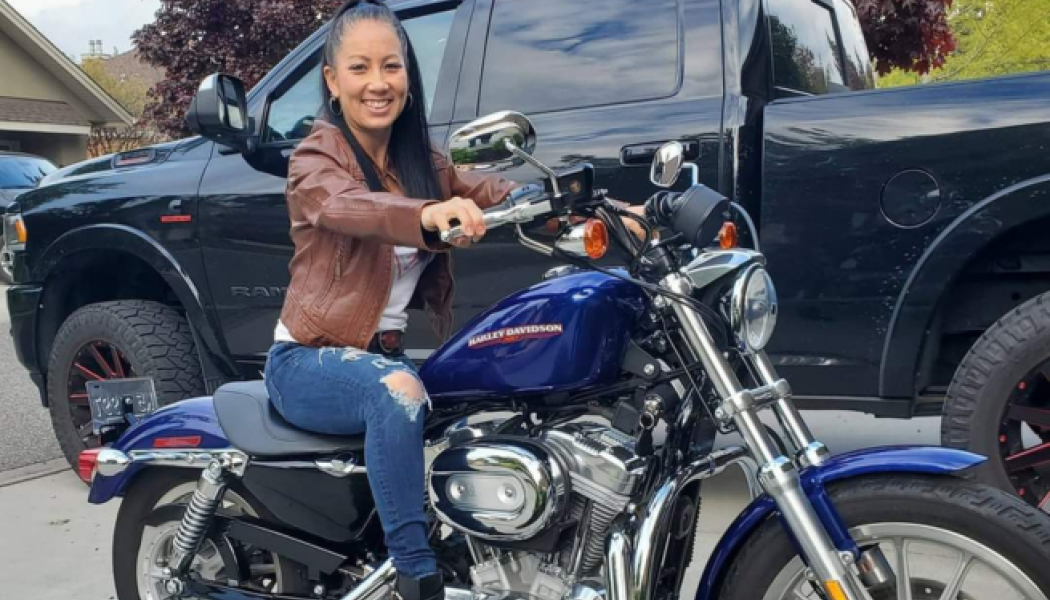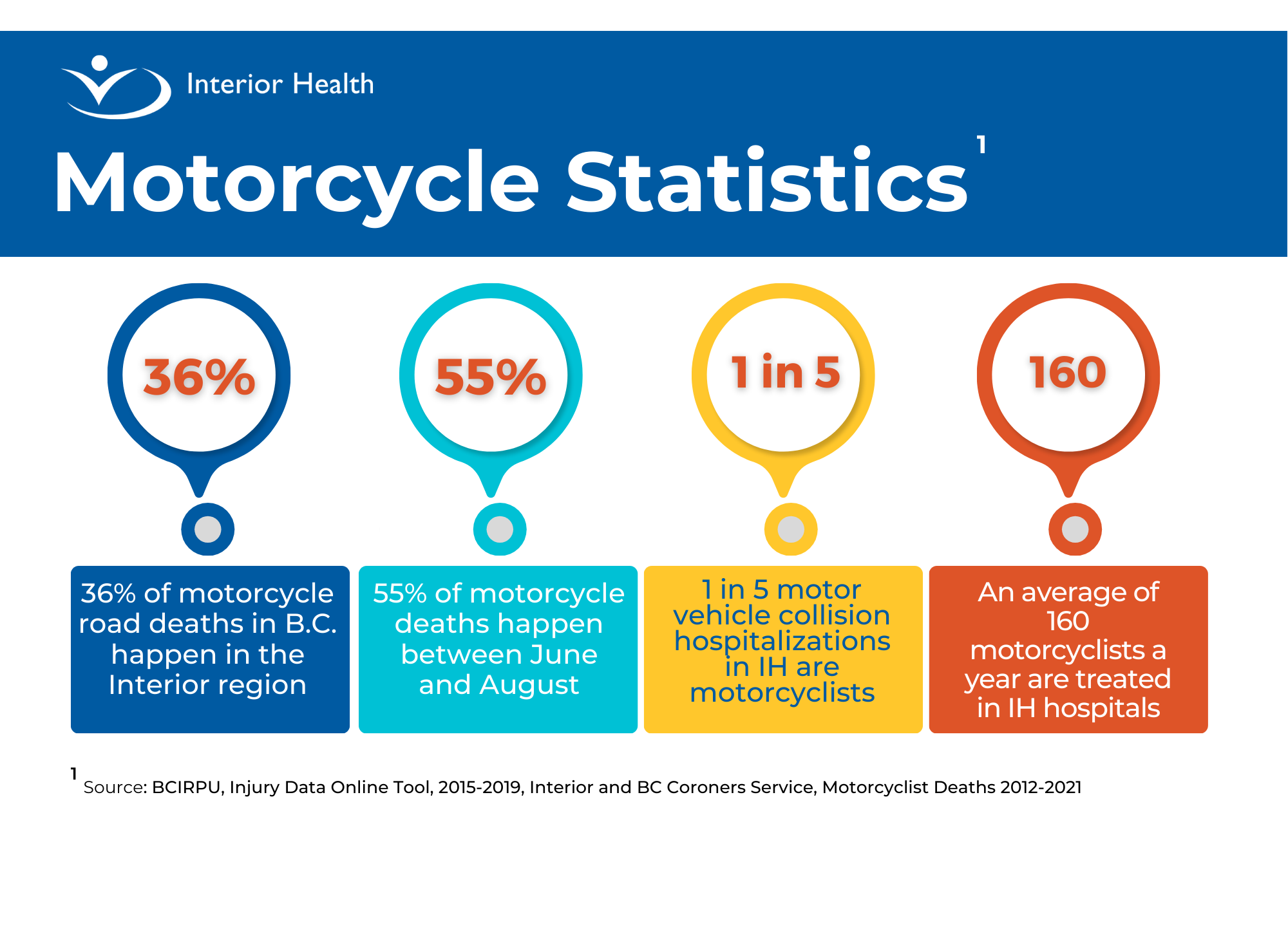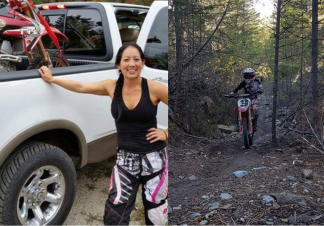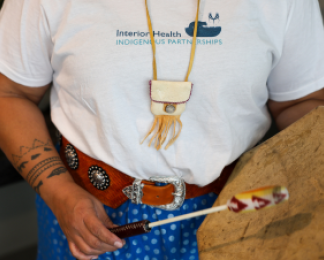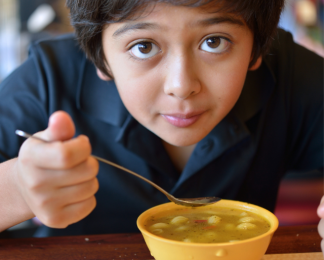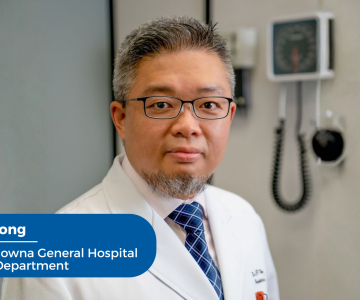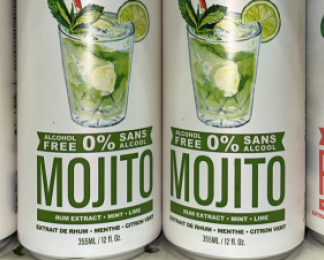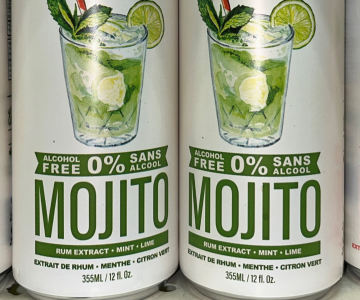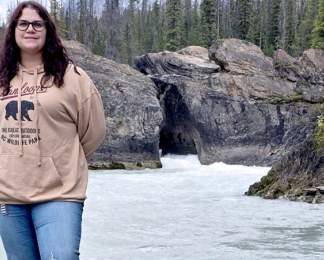Cathy* has no memory of crashing her motorcycle, an event that nearly claimed her life in 2010.
She had been riding home to Penticton from Kelowna on Highway 97 after a day at the beach. “All I remember from that day was the blinding sun,” she recalls. “And I have a vague recollection of feeling gravel under my tires.”
When she woke up, she was strapped down in a hospital bed at Penticton Regional Hospital. She had broken three vertebrae in her neck, and shattered her collarbone.
Cathy was in a neck brace for four months. She went to physio and massage therapy for seven months for her atrophied muscles, and she lost 25 pounds from not being able to eat properly. Dr. Justin Naude, an orthopedic surgeon, rebuilt her collarbone with six screws.
“I had a pinched nerve for 34 years before my accident, and that disappeared,” she jokes. “But try explaining to your three-year-old son that he can’t hug Mommy.”

